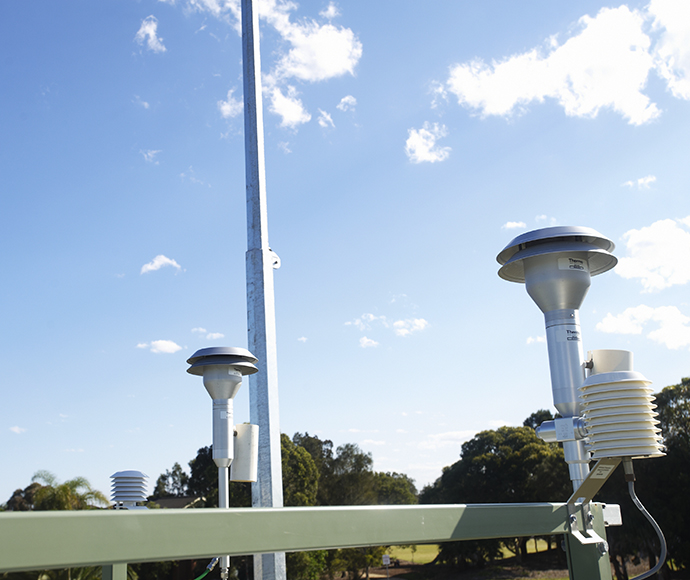NSW Annual air quality statement reports good air quality in 2022
Wet weather from the La Nina weather pattern has brought one piece of welcome news - the state has continued to record good air quality.
In drier years, bushfires and windswept dust can reduce air quality, says Acting Director of Climate and Atmospheric Science, Ruby Kan.
But according to the 2022 Annual Air Quality Statement, New South Wales experienced good air quality overall in 2022, primarily due to cool and continuing wet weather, with improvements compared to 2021.
"Pollutant levels were within national standards 100% of the time at many NSW regions during 2022."
There were no days with pollutant levels above the national standards in Sydney, the Illawarra, Central Coast and Southern Tablelands, or the Lower and Upper Hunter population centres.
The NSW air quality monitoring network has been operating for 70 years and is made up of 95 air quality monitoring stations. Over half of the stations use 'compliance' methods and record data on fine particles, ozone levels, oxides of nitrogen, carbon monoxide, sulfur dioxide and visibility. The remaining stations are part of the rural air quality network and record 'indicative' data for fine particles.
According to the statement, there were fewer exceedance days in 2022 than in 2021, excluding exceedances caused by sea salt. In 2022 there were 18 days with one or more criteria pollutant levels over the national standards, a reduction from the 33 days recorded in 2021.
As well as tracking the data for the annual report, Ms Kan says the air quality monitoring network has 2 purposes:
- to provide data so that people can moderate their activities and act to protect their health when air quality is poor
- to monitor long-term pollutants trends and evaluate compliance against national air quality measures.
"We know that better air quality supports better health outcomes," says Ms Kan.
"Making this information available means the public can see where air quality is poor today and follow recommended health advice and actions. Future improvements will expand on the forecasting aspect, or what will air quality be like tomorrow.
"Poor air quality can be life-threatening for those with health issues, so this information is essential."
